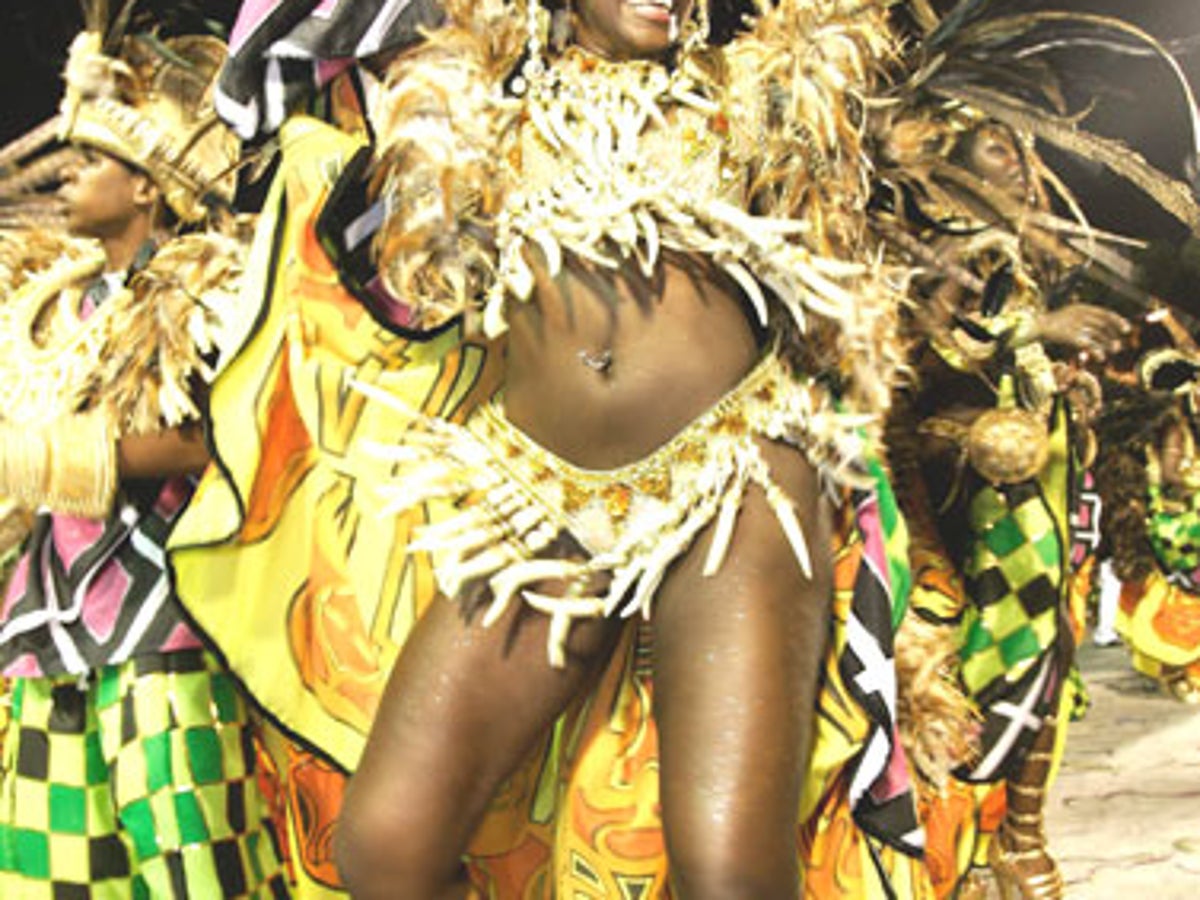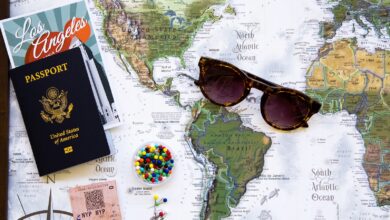
Feel the energy, soak up the vibrant melodies, and immerse yourself in the colorful excitement of Brazilian Carnaval! In this edition of Stylish.ae Tales, we invite you to journey with us to the heart of Brazil, where the captivating rhythms of samba and the infectious spirit of Carnaval come alive. Get ready to be swept away by the pulsating beats, adorned in dazzling costumes, and join in the celebration of this world-renowned festival. So grab your dancing shoes and let’s explore the enchanting world of Brazilian Carnaval together!
History of Brazilian Carnaval
Origins of Carnaval
The history of Brazilian Carnaval dates back to the time of the Portuguese colonization in the 16th century. Initially influenced by European traditions such as the Entrudo, which involved water fights and street pranks, Carnaval gradually evolved with the rich cultural mix of African, Indigenous, and European influences in Brazil. This fusion of different traditions gave birth to the vibrant and exuberant celebration that we know today as Brazilian Carnaval.
Evolution of Carnaval
Over the centuries, Carnaval in Brazil has undergone significant changes. It started as a modest celebration in the streets, where people would gather to sing, dance, and enjoy music. As Carnaval evolved, various elements were incorporated, including elaborate costumes, masquerades, and processions. Moreover, the introduction of samba in the early 20th century revolutionized the sound of Carnaval, giving it a distinct and energetic rhythm that became synonymous with the festival.
Significance of Carnaval in Brazilian culture
Carnaval holds great significance in Brazilian culture. It is a time for people to come together, celebrate their heritage, and embrace their identities. The festival serves as a means of cultural expression, showcasing the diversity and vibrancy of Brazilian music, dance, and costumes. Carnaval also plays a crucial role in fostering a sense of community and unity, as people from all walks of life join in the festivities, transcending social and economic barriers.
Themes and Costumes
Influential Themes in Carnaval
Each year, Brazilian Carnaval embraces different themes that reflect the current social, political, and cultural climate. These themes provide a platform for artists, designers, and participants to express their creativity and make powerful statements through their performances and costumes. From environmental sustainability to historical tributes and social issues, these themes add depth and meaning to the festival, making it an inclusive and thought-provoking celebration.
Iconic Carnaval Costumes
One of the most visually captivating aspects of Brazilian Carnaval is the elaborate costumes worn by the participants. These costumes are a reflection of the rich cultural heritage of Brazil and the creativity of the designers who bring them to life. From feathered headdresses and sequined outfits to colorful and intricate body paint, the costumes are a visual feast that adds to the allure and excitement of the festival.
Designers and Fashion Trends
Brazilian Carnaval has become a platform for designers to showcase their creativity and launch new fashion trends. Renowned designers like Paulo Barros, Rosa Magalhães, and Joãosinho Trinta have made their mark in the Carnaval scene with their innovative and visually stunning creations. Their designs inspire and influence not only the participants but also the fashion industry, as their unique aesthetics and techniques continue to shape the direction of Carnaval fashion.
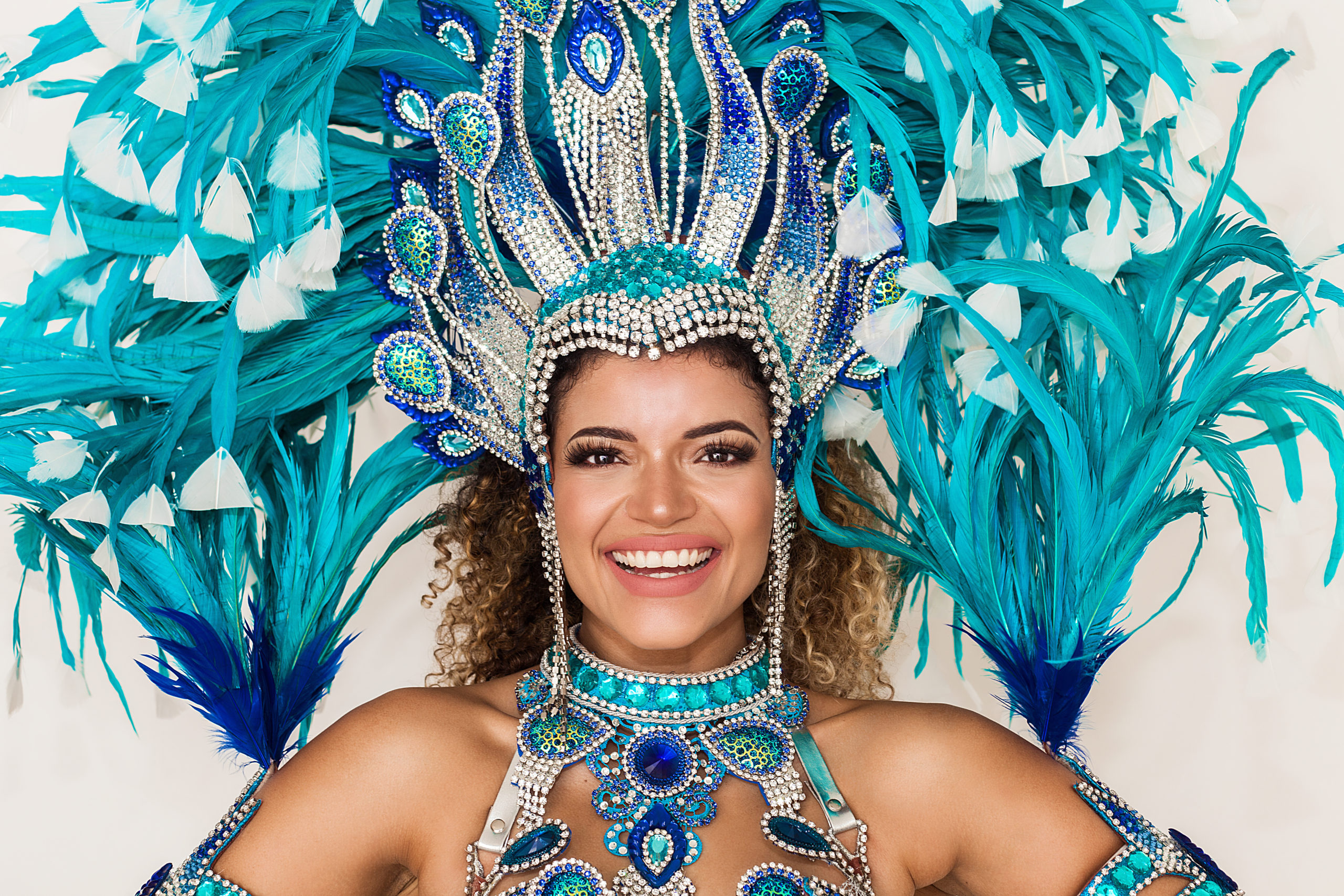
Samba and the Sound of Carnaval
Introduction to Samba
Samba, often referred to as the heartbeat of Carnaval, is a rhythmic music and dance style that originated in Brazil. Combining elements of African rhythms, European melodies, and Indigenous influences, Samba is synonymous with the joyous and energetic spirit of Brazilian Carnaval. With its infectious beats and intricate footwork, Samba has become a symbol of Brazilian identity, representing the collective joy and unity of the people during the festival.
The Role of Samba in Carnaval
Samba plays a central role in the festivities of Brazilian Carnaval. It sets the pace for the vibrant parades and street parties, infusing them with energy and excitement. Samba schools, community-based groups dedicated to preserving and promoting Samba, are at the heart of the Carnaval parade competitions. Months of preparation go into creating elaborate floats, rehearsing choreographies, and perfecting musical arrangements, all in the pursuit of the coveted title of the best Samba school of the year.
Notable Samba Schools
Several Samba schools have gained international recognition for their exceptional performances and contributions to Brazilian Carnaval. Schools like Mangueira, Portela, and Beija-Flor have become household names, known for their artistic creativity, elaborate costumes, and unmatched samba skills. These schools have become ambassadors for the Brazilian culture, showcasing the diversity and talent of the nation to the world through their exhilarating performances during Carnaval.
Carnaval in Rio de Janeiro
Rio’s Legendary Sambadrome
When one thinks of Brazilian Carnaval, Rio de Janeiro immediately comes to mind. The city’s iconic Sambadrome is the centerstage for the legendary parades during Carnaval. Designed by the renowned Brazilian architect Oscar Niemeyer, the Sambadrome provides the perfect setting for the larger-than-life floats, vibrant costumes, and electrifying performances that captivate millions of spectators each year.
The Grand Parade
Known as the “Escolas de Samba” parade, the Grand Parade is the highlight of Carnaval in Rio de Janeiro. It is a display of sheer creativity, beauty, and precision as the top Samba schools compete for the title of the year’s champion. Each school tells a unique story through their floats, costumes, and samba performances, captivating the audience with their breathtaking displays of artistry and talent.
Street Parties and Blocos
In addition to the dazzling spectacle of the Sambadrome, Rio de Janeiro is famous for its vibrant street parties, known as “blocos.” These gatherings bring together locals and tourists alike, creating a joyful and inclusive atmosphere as people dance and celebrate in the streets. With countless blocos happening throughout the city, there is no shortage of opportunities to immerse yourself in the contagious energy and spirit of Carnaval in Rio de Janeiro.
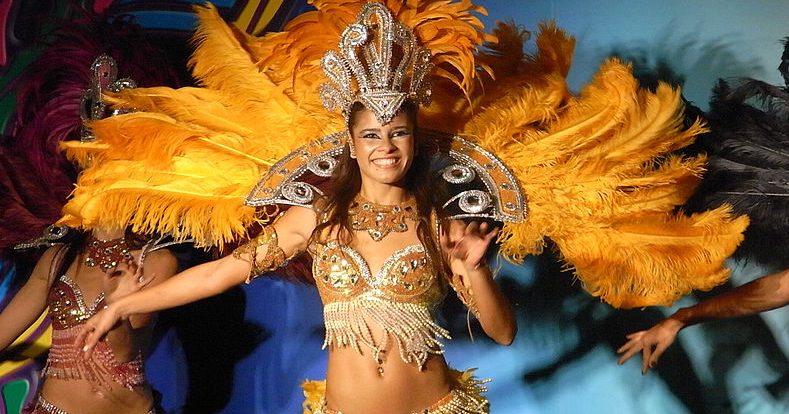
Carnaval in Salvador
The Biggest Street Party in the World
Carnaval in Salvador, Bahia, holds the title of the largest street party in the world. The festival attracts millions of people who come to witness the extraordinary display of music, dance, and cultural traditions in the streets of this vibrant city. Unlike Rio de Janeiro’s parade-based Carnaval, Salvador’s celebration is characterized by massive outdoor concerts, known as “trio elétricos,” that feature live performances by renowned artists, creating an electrifying atmosphere that is unparalleled in its intensity.
Trio Elétricos and Axé Music
A major highlight of Carnaval in Salvador is the trio elétrico, a large truck transformed into a mobile stage that moves through the streets, carrying musicians and performers. The trio elétrico is the epicenter of the festivities, providing a platform for the energetic and infectious sounds of Axé music. Axé, meaning “energy” in Yoruba, is a genre that fuses African rhythms, reggae, and samba, creating a euphoric and captivating musical experience that embodies the spirit of Carnaval in Salvador.
Highlights and Traditions
Carnaval in Salvador is filled with unique traditions and highlights that make the festival truly special. One such tradition is the “olodum,” a bloco originating in a neighborhood known as Pelourinho. Olodum is renowned for its powerful percussion performances that celebrate Afro-Brazilian heritage and promote social equality. Another highlight is the “pipoca,” which refers to the crowd of people who passionately follow the trios elétricos, singing and dancing along with the music. These traditions contribute to the vibrant and inclusive nature of Carnaval in Salvador.
Carnaval in Recife and Olinda
Frevo and Maracatu Dances
The Northeastern cities of Recife and Olinda offer a unique twist on the Carnaval experience. Known for their captivating music and dance traditions, the region showcases the frenetic and acrobatic dance style called “frevo.” This fast-paced dance, performed to the sound of brass and percussion instruments, is a vibrant expression of joy and movement. In addition to frevo, Recife is also famous for the traditional drum-driven dance known as “maracatu,” an Afro-Brazilian tradition that immerses participants and spectators in the cultural heritage of the region.
Giant Puppets and Carnival Blocks
One of the most distinctive features of Carnaval in Recife and Olinda is the presence of giant puppets, known as “bonecos gigantes.” These larger-than-life figures represent historical, cultural, and even political characters, and are paraded through the streets, captivating the crowds with their ingenuity and craftsmanship. Additionally, Carnaval blocks, or “blocos,” are an essential part of the Carnaval experience in Recife and Olinda. These neighborhood-based gatherings bring together people of all ages, allowing them to dance, sing, and celebrate alongside local musicians, creating a sense of unity and community spirit.
Unique Festivities
Recife and Olinda have their own set of unique festivities during Carnaval that set them apart from other Brazilian cities. In Olinda, the “Encontro de Maracatus” brings together different maracatu groups in a vibrant display of rhythm and movement. Recife, on the other hand, is famous for its “Galo da Madrugada,” a massive street party that attracts millions of people, making it one of the largest open-air gatherings during Carnaval. These distinct celebrations offer a glimpse into the rich cultural heritage and traditions that make Carnaval in Recife and Olinda an unforgettable experience.
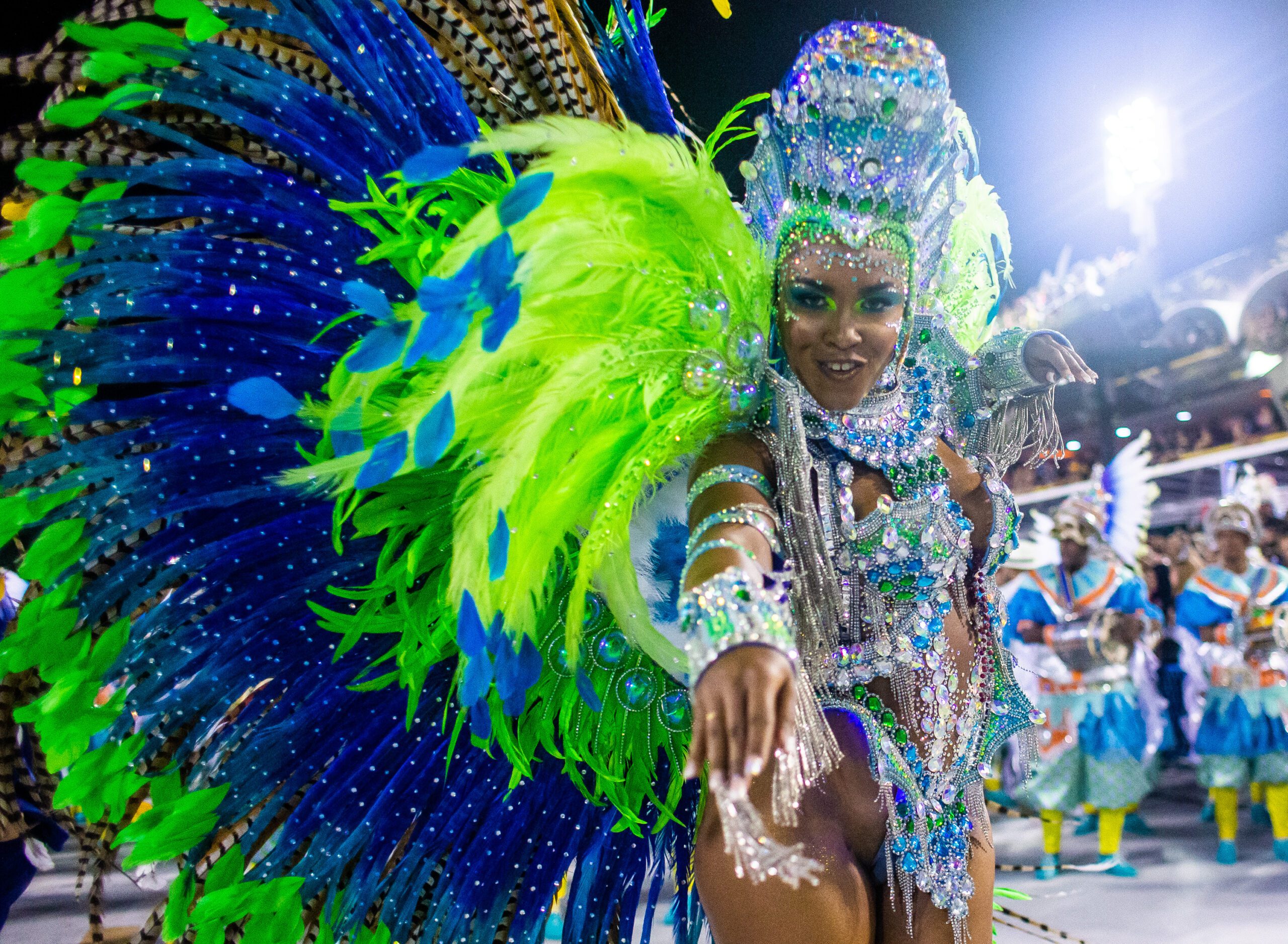
The Role of Samba Queens
Samba Queen Contests
The role of the Samba Queen is highly regarded in Brazilian Carnaval. Each year, Samba schools organize contests to select a representative who embodies the spirit of the school and the festival. These contests showcase the beauty, grace, and charisma of the participants, as they compete to be crowned the queen of Samba. The competition includes intricate dance routines and elaborate costumes, highlighting the talent and dedication of these performers.
Responsibilities and Symbolism
The Samba Queen holds a significant role during Carnaval. She represents not only the beauty and glamour of the festival but also embodies the spirit of the Samba school she represents. Beyond the contest, the Samba Queen is responsible for leading her school’s parade, captivating the audience with her mesmerizing performances and setting the tone for the entire school. The Samba Queen symbolizes strength, grace, and the empowering spirit of Brazilian women, making her an important figure in the cultural fabric of Carnaval.
Famous Samba Queens
Throughout the years, many Samba Queens have left an indelible mark on the history of Carnaval. Legendary figures such as Carmen Miranda and Beth Carvalho paved the way for future generations of Samba Queens, inspiring them to become icons of beauty and talent. Modern Samba Queens like Luma de Oliveira and Viviane Araújo have become household names, known for their mesmerizing performances and contributions to the evolution of Carnaval. These women have become symbols of grace, power, and passion, epitomizing the spirit of Brazilian Carnaval.
Carnaval Cuisine and Drinks
Feijoada: The National Dish of Carnaval
Carnaval is not only a feast for the eyes and ears but also for the taste buds. One of the most iconic dishes associated with Brazilian Carnaval is Feijoada, a rich and flavorful stew made with black beans and a variety of pork cuts. This hearty dish is traditionally served with rice, collard greens, farofa (toasted manioc flour), and orange slices. Feijoada represents the culinary heritage of Brazil and is a beloved dish that brings people together during Carnaval.
Caipirinhas and Other Traditional Drinks
In addition to delicious food, Carnaval is also a time to indulge in refreshing beverages that capture the essence of Brazilian culture. The Caipirinha, Brazil’s national cocktail, is a must-try during the festival. Made with cachaça (a sugar cane spirit), lime, sugar, and ice, this zesty and refreshing drink perfectly complements the festive atmosphere of Carnaval. Other traditional drinks, such as Batida and Quentão, also play a role in keeping the spirits high during the celebrations, ensuring that participants have a truly immersive and authentic experience.
Street Food Delights
No Carnaval experience is complete without sampling the mouthwatering street food available throughout Brazil. From acarajé (deep-fried dumplings filled with shrimp) in Salvador to tapioca (a type of flatbread) in Recife, the variety of street food options caters to every palate. Other popular street food delights include pastéis (savory pastries), coxinhas (deep-fried chicken croquettes), and pão de queijo (cheese bread). These flavorful treats are easily found at restaurants, food stalls, and street vendors, allowing visitors to fuel their energy and satisfy their cravings while immersing themselves in the festive atmosphere of Carnaval.
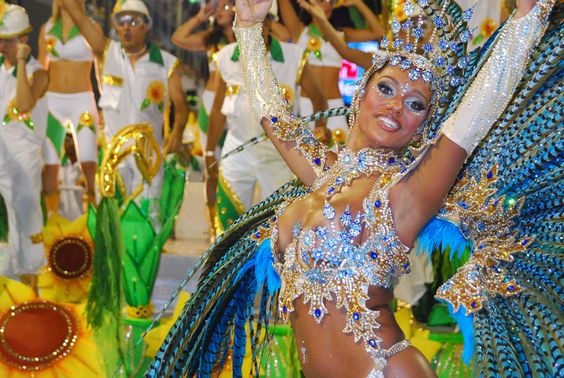
Cultural and Social Impact
Promotion of Cultural Heritage
Brazilian Carnaval serves as an important platform for promoting and preserving the country’s diverse cultural heritage. Through music, dance, costumes, and themes, Carnaval showcases the traditions and customs that have shaped Brazilian identity over the centuries. It serves as a reminder of the importance of celebrating and valuing cultural diversity, fostering a sense of pride and belonging among both Brazilians and visitors from around the world.
Economic Benefits and Tourism
Beyond its cultural significance, Carnaval also has a significant impact on Brazil’s economy. The festival attracts millions of tourists each year, boosting the tourism industry and generating revenue for local businesses. Hotels, restaurants, and transportation services experience a surge in demand, contributing to job creation and economic growth. Furthermore, Carnaval provides opportunities for artisans, designers, and performers to showcase their talents and thrive financially, making it a vital source of income for many individuals and communities.
Inclusion and Empowerment
Carnaval has played a crucial role in fostering inclusivity and empowering marginalized communities. It provides a platform for individuals from different social backgrounds to come together and celebrate freely, breaking down social barriers and promoting equality. Carnaval has become a space where LGBTQ+ individuals can openly express themselves and celebrate their identities, promoting tolerance and acceptance. Additionally, Carnaval has become a symbol of empowerment for women, allowing them to occupy prominent roles such as Samba Queens, showcasing their talent, beauty, and strength.
Tips for Experiencing Brazilian Carnaval
Best Time to Visit
Brazilian Carnaval is celebrated at different times throughout the country, with the main festivities occurring in February or early March. The exact dates vary each year, so it’s important to plan your visit accordingly. Rio de Janeiro and Salvador are particularly popular destinations for Carnaval, so booking accommodations and travel arrangements well in advance is advisable to secure the best options.
Choosing Between Different Cities
Each Brazilian city has its own unique Carnaval experience, so choosing where to go depends on your personal preferences. Rio de Janeiro offers the grandeur of the Sambadrome parade and lavish costume balls, while Salvador provides an intense street party atmosphere with live performances by top artists. Recife and Olinda showcase the cultural heritage of the Northeast region with their traditional dances and lively street festivities. Researching the different cities and their Carnaval traditions will help you make an informed decision.
Staying Safe and Enjoying the Festivities
While Carnaval is a time of celebration and joy, it’s essential to prioritize your safety during the festival. Be aware of your surroundings, avoid carrying valuables, and stay with a group of friends or fellow travelers whenever possible. It’s also important to stay hydrated, wear comfortable shoes, and use sunscreen to protect yourself from the sun during the daytime events. With these precautions in mind, you can fully immerse yourself in the vibrant festivities and create lasting memories of your Carnaval experience in Brazil.
